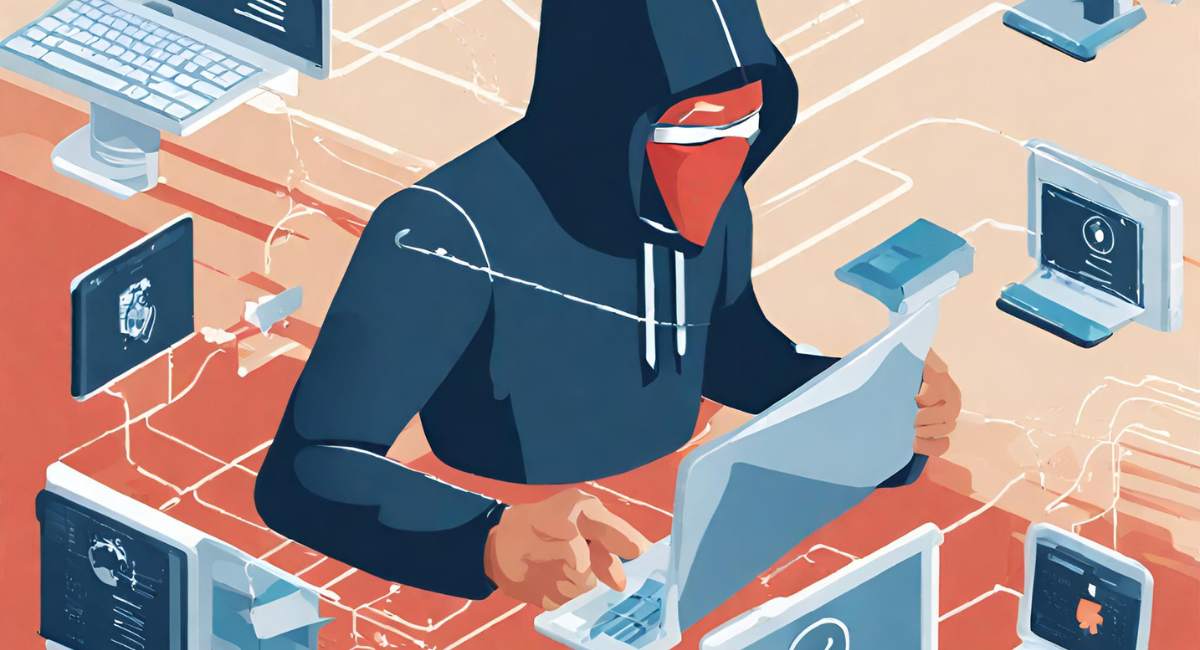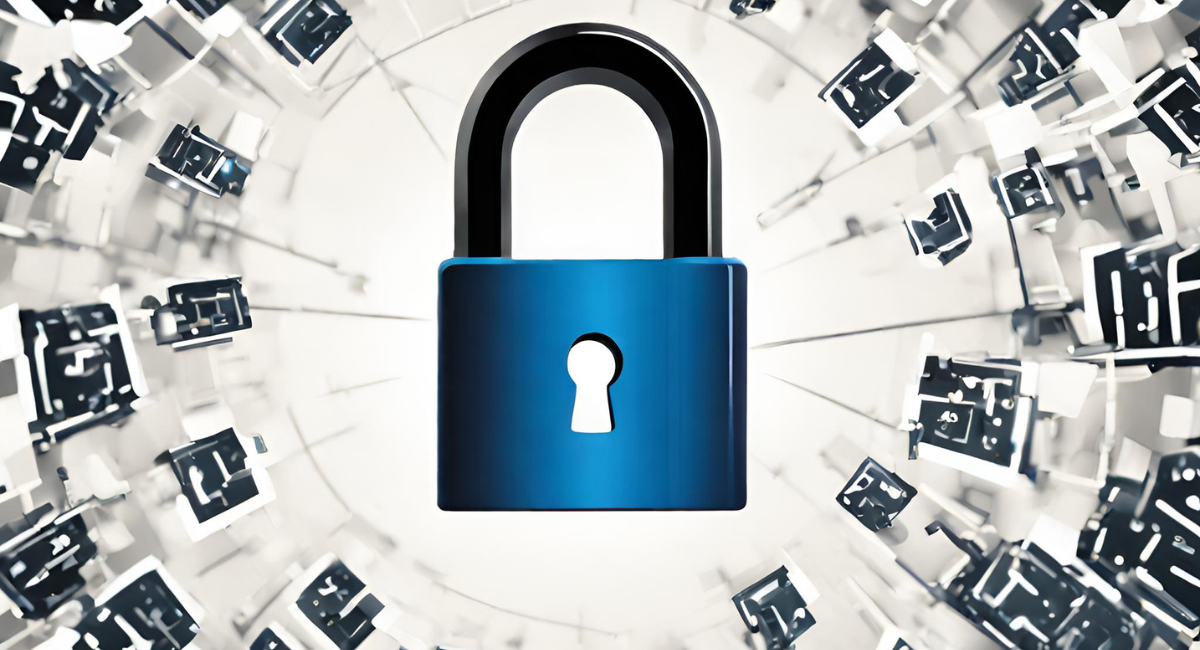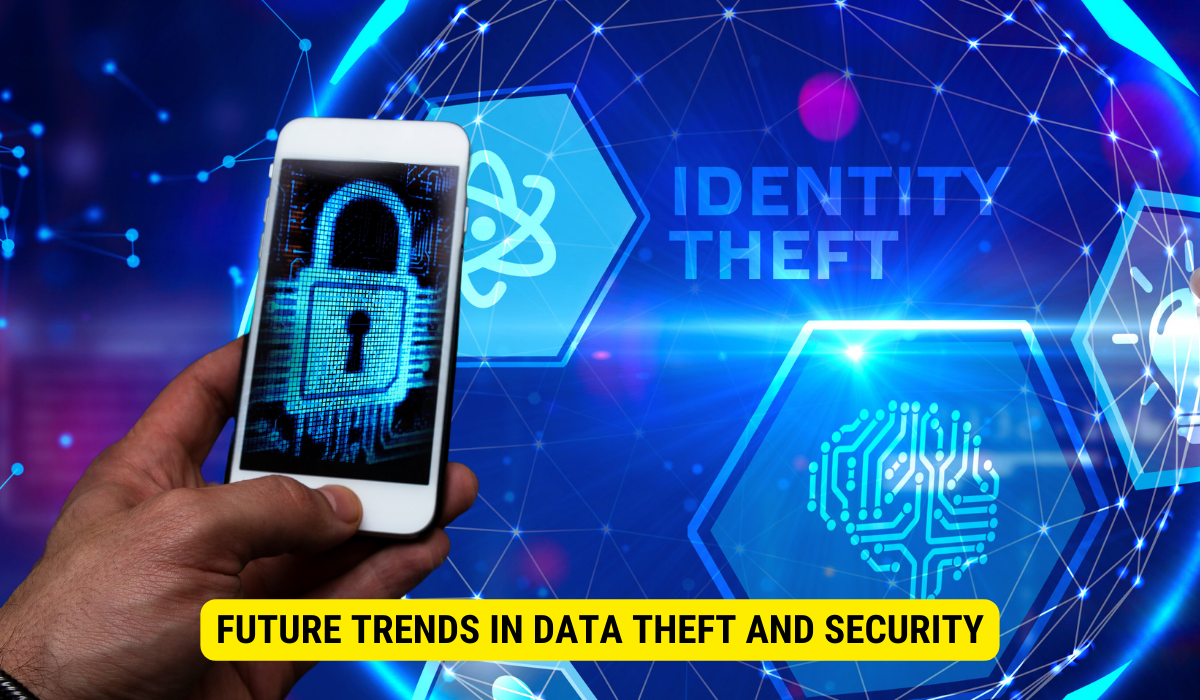Data theft from information security systems is when cybercriminals use phishing, malware, and social engineering to breach and obtain sensitive information. Once stolen, this data is typically monetized by direct misuse (like financial fraud) or selling it on platforms like the dark web.
Data theft has become a prevalent and concerning issue in today’s digital age. Cybercriminals continuously find new ways to breach information security systems and exploit the stolen data for their gain. Understanding the process of data theft and its subsequent utilization is crucial in combating this ever-evolving threat. Let’s delve deeper into the intricacies of data theft, its implications, and effective preventive measures.
Understanding Information Security Systems

Information security systems safeguard sensitive data from theft and unauthorized access. These systems are designed to protect information integrity, confidentiality, and availability. Organizations can better defend against data breaches and minimize potential damage by implementing robust security measures.
Regarding information security, there is a constant battle between organizations and cybercriminals. As technology advances, so do the methods used by hackers to exploit vulnerabilities in systems. This is why information security systems are crucial in today’s digital age.
One of the key roles of information security systems is to serve as the first line of defense against data theft. These systems include firewalls, intrusion detection systems, and encryption methods that collectively secure data from external threats. Firewalls are a barrier between an organization’s internal network and the external world, monitoring and controlling incoming and outgoing network traffic. On the other hand, intrusion detection systems detect and respond to unauthorized access attempts, providing additional protection.
Moreover, information security systems also include policies and procedures that guide employees in handling confidential information. These policies outline best practices for data protection, such as password management, data classification, and incident response protocols. Companies can foster a security-conscious environment by teaching staff about the significance of data protection and offering straightforward instructions.
The Role of Information Security Systems
Information security systems are the backbone of an organization’s overall security strategy. They protect sensitive data and ensure the smooth operation of business processes. Organizations risk compromising their reputation, losing customer trust, and facing legal consequences without robust security measures.
One of the primary objectives of information security systems is to maintain information integrity. This means ensuring that data remains accurate, complete, and unaltered. Through various mechanisms such as data validation, checksums, and digital signatures, these systems verify the integrity of data and detect any unauthorized modifications.
Confidentiality is another critical aspect of information security. Organizations often deal with sensitive information like customer data, financial records, and trade secrets. Information security systems employ encryption methods to protect this data from unauthorized access. Encryption transforms data into an unreadable format, which can only be deciphered with a suitable decryption key. This safeguards that even if an attacker gains access to the data, they cannot understand it without the encryption key.
Common Types of Information Security Systems
Several information security systems are commonly used today, each addressing specific security aspects.
Network security systems focus on protecting the organization’s network infrastructure. These systems include firewalls, intrusion detection systems, virtual private networks (VPNs), and network access controls. Firewalls act as a barrier between the internal network and the external world, monitoring and controlling network traffic. Intrusion detection systems detect and respond to unauthorized access attempts, providing additional protection. VPNs create secure connections over public networks, allowing remote employees to access the organization’s network securely. Network access controls restrict access to the network based on user credentials, ensuring that only authorized individuals can connect.
On the other hand, application security systems safeguard software applications from external attacks. These systems include secure coding practices, vulnerability assessments, and web application firewalls. Secure coding practices involve following coding guidelines and best practices to minimize the risk of introducing vulnerabilities into software. Vulnerability assessments identify and prioritize potential application weaknesses, allowing organizations to address them proactively. Web application firewalls protect web applications from mutual spells, such as SQL injection and cross-site scripting.
Physical security systems play a vital role in protecting sensitive areas and assets. These systems include surveillance cameras, access control systems, and alarm systems. Surveillance cameras monitor and record activities in designated areas, acting as a deterrent against unauthorized access. Access control systems restrict authorized personnel entry through key cards, biometric authentication, or PIN codes. Alarm systems detect and alert personnel to any unauthorized entry or suspicious activities.
Data protection mechanisms prioritize safeguarding data when stored and during transmission. These mechanisms encompass encryption techniques, measures to prevent data leakage, and protocols for secure data transfers. Through encryption, data remains safeguarded even when accessed by unauthorized individuals. Measures against data leakage actively monitor and restrict unauthorized sharing of critical information, such as individual details or financial data. Protocols like SFTP or SSH are designed to facilitate the safe transfer of files across digital networks.
To sum it up, it’s crucial for businesses to employ robust data protection measures to secure their confidential information and uphold their stakeholders’ confidence. By embracing a holistic security approach that integrates network, application, physical, and data safeguards, businesses can fortify their defenses against cyber threats and reduce the risks associated with data breaches.
The Process of Data Theft
Data theft involves a multi-stage process where cybercriminals employ various techniques to gain unauthorized access to sensitive information. Understanding these techniques is crucial in identifying potential vulnerabilities and implementing effective preventive measures.
Techniques Used in Data Theft
Cybercriminals employ many data-stealing techniques, including phishing, malware, and social engineering. Phishing involves impersonating a legitimate entity to trick individuals into revealing sensitive info such as passwords or credit card details. Malware, on the other hand, refers to malicious software that infiltrates systems to collect data without the user’s knowledge. Lastly, social engineering uses manipulation tactics to deceive individuals into divulging confidential information.
Stages of Data Theft

Data theft typically involves multiple stages. First, cybercriminals identify potential targets and initiate network surveillance to gather intelligence about the organization’s infrastructure. Once vulnerabilities are identified, they exploit them to gain unauthorized access. Subsequently, the stolen data is exfiltrated, often using encrypted channels to avoid detection. Finally, the stolen data is utilized for various malicious purposes, such as financial scams or identity theft.
Utilization of Stolen Data
Once cybercriminals secure sensitive data, they embark on a path to monetize it. Understanding how stolen data is utilized is crucial to comprehend the full impact of data theft and devising effective mitigation strategies.
How Stolen Data is Monetized?
Stolen data can be monetized through various means, including but not limited to selling it on the dark web, using it for blackmail or extortion purposes, or leveraging it to commit financial fraud. The underground marketplaces on the dark web provide cybercriminals with a platform to trade stolen information, enabling lucrative profits at the expense of organizations and individuals.
The Impact of Stolen Data on Businesses
The repercussions of data theft are far-reaching for businesses. Apart from potential financial losses, organizations often face reputational damage, loss of client trust, and legal consequences. Furthermore, stolen data can be utilized in targeted attacks against the organization, such as spear-phishing or ransomware incidents. The detrimental effects can be severe and long-lasting, making data theft prevention indispensable.
Preventing Data Theft
Preventing data theft requires a multi-layered approach that combines technological solutions, employee training, and robust policies. Organizations can significantly enhance their data security by implementing best practices and utilizing encryption technologies.
Best Practices for Data Protection
Implementing strong access controls, regularly updating software and systems, and conducting thorough risk assessments are essential in mitigating the risk of data theft. Employing multi-factor authentication, encrypting sensitive data, and implementing intrusion detection systems can bolster overall cybersecurity posture.
The Role of Encryption in Data Security

Encryption is a fundamental tool in data security. Encryption mitigates the impact of data breaches by transforming data into an unreadable format. Implementing strong encryption algorithms ensures that even if the data is stolen, it remains incomprehensible to unauthorized individuals, making it significantly more challenging to exploit.
Future Trends in Data Theft and Security

The landscape of data theft is continuously evolving, necessitating ongoing awareness and adaptation to emerging threats. Understanding these trends allows organizations to stay ahead of cybercriminals and fortify their defenses.
Emerging Threats in Data Security
Emerging threats, such as the rise of artificial intelligence-driven attacks or the exploitation of Internet of Things (IoT) devices, pose unique challenges to data security. Cybercriminals continuously innovate their techniques, necessitating proactive measures to identify and counter these threats.
Innovations in Data Protection Technology
There is an increasing focus on developing innovative data protection technologies in response to the evolving threat landscape. These technologies aim to enhance data encryption, improve anomaly detection, and streamline incident response processes. By capitalizing on these innovations, organizations can strengthen their security posture in an ever-changing digital landscape.
Key Takeaways
- Importance of Information Security Systems: These systems are crucial for organizations to protect their data and maintain stakeholder trust by preventing unauthorized access and ensuring data integrity.
- Techniques of Data Theft: Cybercriminals utilize many tactics, with phishing, malware, and social engineering among the most prevalent.
- Monetization of Stolen Data: Once obtained, hackers misuse or sell the data on underground markets.
- Data Protection Practices: Organizations must employ multi-factor authentication, data encryption, and intrusion detection systems to fortify their data security.
- Emerging Challenges: With the rise of new technologies, threats like AI-driven attacks or IoT exploitation emerge, requiring continuous adaptation and awareness.
FAQs
What are the common techniques used by cybercriminals for data theft?
Common techniques include phishing, malware infiltration, and social engineering.
How do hackers usually monetize stolen data?
Stolen data can be sold on the dark web for financial fraud, blackmail, or extortion.
How do information security systems typically protect data?
These systems use a combination of firewalls, intrusion detection systems, encryption methods, and policies to safeguard data.
What role does encryption play in data protection?
Encryption transforms data into an unreadable format, ensuring it remains incomprehensible if accessed by unauthorized parties.
What are emerging threats in the realm of data theft and security?
Newer threats include AI-driven cyberattacks and Internet of Things (IoT) device exploitation.
Conclusion
In conclusion, data theft and its subsequent utilization pose significant threats to information security systems. Understanding the intricacies of data theft, including the techniques employed and the subsequent utilization of stolen data, is crucial for organizations to protect their sensitive information effectively. Organizations can mitigate the risk of data theft and safeguard their valuable assets by implementing preventive measures, such as robust information security systems, best practices for data protection, and encryption technologies. Furthermore, staying abreast of emerging threats and leveraging innovative data protection technologies is vital for organizations to adapt and fortify their defenses in the face of evolving cyber threats.
